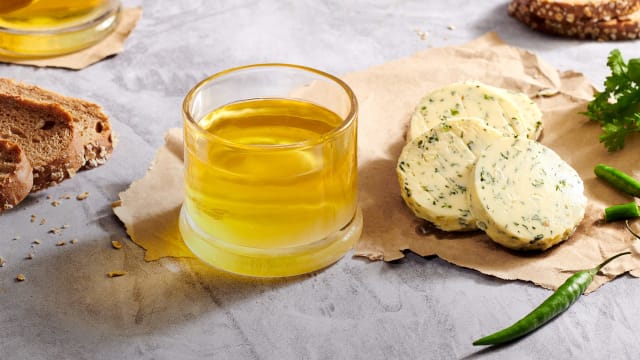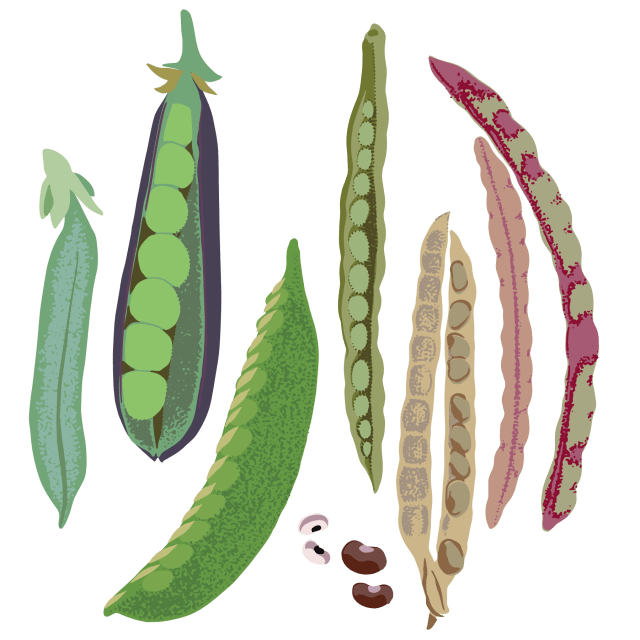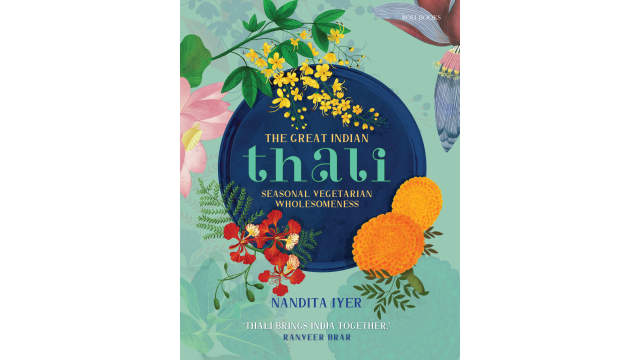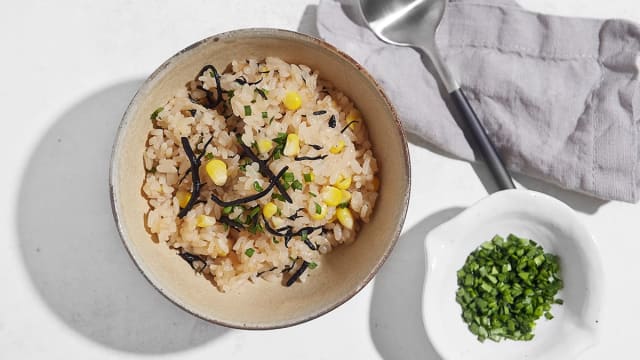
Beet Millet Pulao

Beet Millet Pulao
Description
This millet pulao aligns with Ayurveda’s madhura rasa, offering grounding and energizing benefits. Millet provides fiber and protein to balance blood sugar, while beets deliver antioxidants, vitamins, and minerals to help combat fatigue. Peas add fiber and zinc, supporting gut health and immunity.
NOTE
Before you begin, soak millet for 6 hours to boost nutrient absorption and cut cook time.
Ingredients
4 SERVES
- 2 Tbsp ghee
- 1 tsp cumin seeds
- 2 bay leaves
- 1/2 tsp turmeric powder
- 1/2 tsp cracked black peppercorn
- 1/2 cup (100 g) frozen peas
- 1 cup (220 g) barnyard millet, soaked overnight and drained
- 1¾ cup (420 ml) water
- ¾ cup (180 ml) beet juice
- 1 tsp salt
- 1 to 2 tsp lime or lemon juice
- Fresh mint for garnish
Directions
-
Step 1
Heat ghee on low heat in a pot, then add the cumin seeds and bay leaves. Once the cumin seeds start to sputter, add the turmeric, pepper, peas, and millet, giving them a good stir. -
Step 2
Add water to the pot, let it come to a boil and then simmer for about 5 minutes. The grains should be almost cooked. To gauge if they’re ready, take a few grains between your fingers and rub — they should be soft with a firm center. Turn off the heat. -
Step 3
Add the beet juice, salt to taste, stir and cover. Let stand covered for 5 minutes. -
Step 4
Add lime or lemon juice and incorporate using a fork, gently fluffing up the millet as you mix. Serve warm or at room temperature, garnished with mint leaves. For variations to the recipe, try with other millet varieties such as kodo, little millet, or foxtail millet. Make sure you soak it for at least 6 hours. Cooking time and the amount of water needed may vary slightly.
About the author
More by Moina Oberoi

Ayurveda Rasas
Learn to cook with the six rasas of Ayurveda through five simple recipes.

Candy Cane Beet & Carrot Kanji
Kanji is a refreshing, hydrating, probiotic Indian drink, packed with the goodness of carrot and beet. The most important ingredient is the winter sunlight!

Chile & Coriander Compound Butter
This Indian take on compound butter adds a hint of green chile and minced cilantro for a fragrant condiment with a bit of bite — and plenty of antioxidants.







